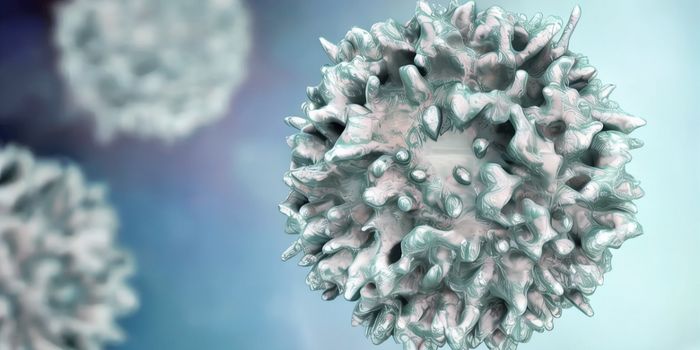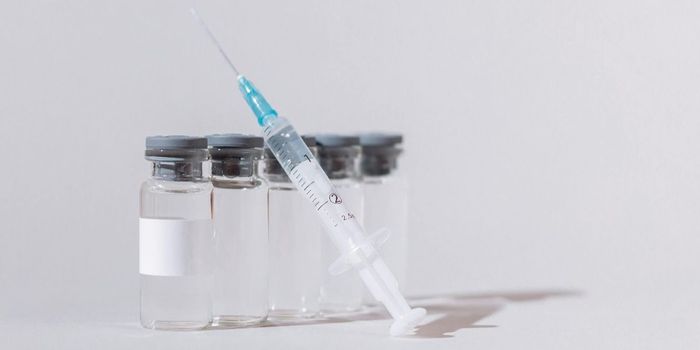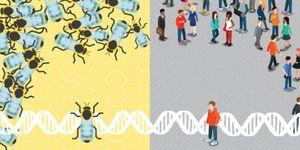Liquid Biopsies More Sensitive to New Cancer Mutations
In surveying the blood for signs of cancer DNA, researchers found that liquid biopsies can also reveal clues about why some treatments may not be working.
Circulating tumor DNA (ctDNA), also known as cell-free tumor DNA, is genetic material from the tumor that’s freely floating in the bloodstream of cancer patients. The source of ctDNA is the tumor, where dead tumor cells break open and release the tumor DNA into the patient’s blood. ctDNA represents a non-invasive cancer biomarker that can indicate the presence of disease.
By detecting the levels of circulating tumor DNA in the blood, doctors can monitor the whether a treatment is working. Arguably, because this method is much less invasive than tissue biopsies, patients can be tested more frequently, which enables doctors to have a more comprehensive view of the disease. Furthermore, liquid biopsies can also reveal new mutations that cancers may have acquired that allowed them become resistant to treatment. Knowing this information would allow doctors to stay one step ahead of the cancer. At least that’s been the hope for liquid biopsies. And now researchers from Massachusetts General Hospital Cancer Center, in Boston, Massachusetts have shown that the theory works in practice too.
The team studied nearly 40 patients whose gastrointestinal cancers had begun to show signs of resistance. That is, these patients initially responded to treatment, but the disease had started to slowly progress again. Liquid biopsies at this stage allowed researchers to analyze the genetic profile of the circulating tumor DNA.
The team found that cancers in 31 patients had acquired at least one new mutation that allowed them to become resistant to treatment. Of these, 14 patients had multiple of these mutations.
"Identifying what specific mutations are responsible for treatment resistance is very important in helping clinicians choosing what treatment path a patient should try next, whether it be another drug or perhaps radiation," said Aparna Parikh, a physician at Massachusetts General Hospital, who presented the study at the 2017 European Society for Medical Oncology.
Interestingly, some mutations that were picked up in the liquid biopsies had not been picked up in traditional tissue biopsies. This finding suggests that cancer mutations make themselves known first circulating tumor DNA, and that liquid biopsies may be more sensitive to these mutations. The finding also highlights the limitations of relying on tissue samples to monitor cancer progression.
"This technology can precisely help us understand each patient's individual disease course and allows us to tailor care based on an understanding of their specific disease biology,” said Parikh.
Although liquid biopsies have gained more popularity in the recent years, the method remains relatively confined to the research setting. It was only last year that the Food and Drug Administration (FDA) approved the first liquid biopsy test, which was for the detection of EGFR gene mutations in non-small cell lung cancer patients. More trials are currently ongoing, but it will likely take several more before liquid biopsies become more mainstream in the clinical arena.
"We have shown that integrating regular liquid biopsies into our patients' routine care is feasible and easily incorporated into clinical practice," said Parikh. "The next step is to study how best to use this new technology in daily practice. It's important for clinicians to understand its utility as well as its limitations."
Additional sourses: UPI









